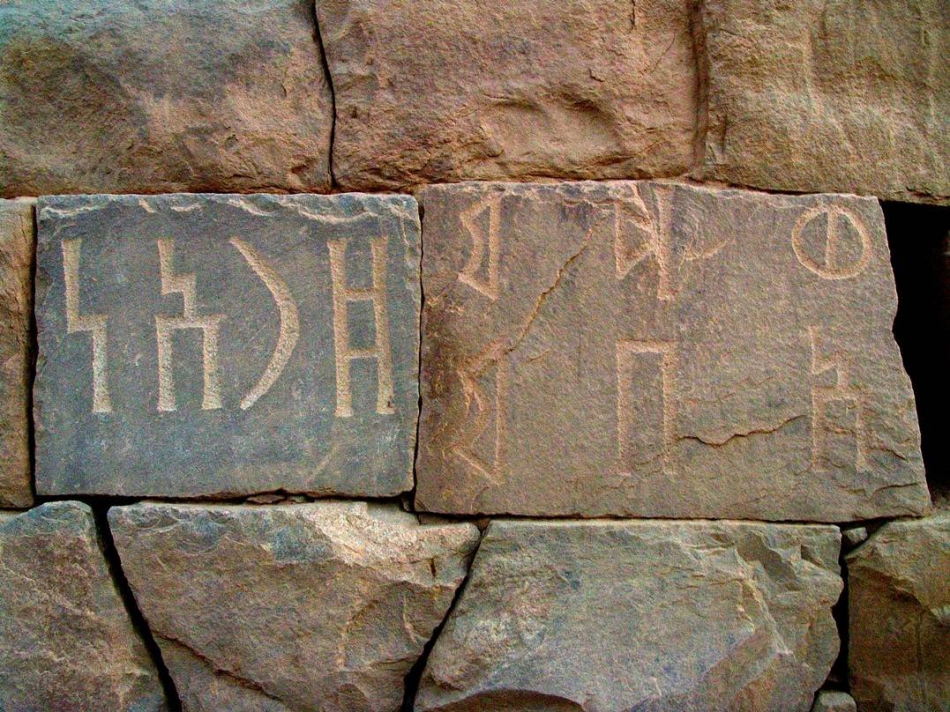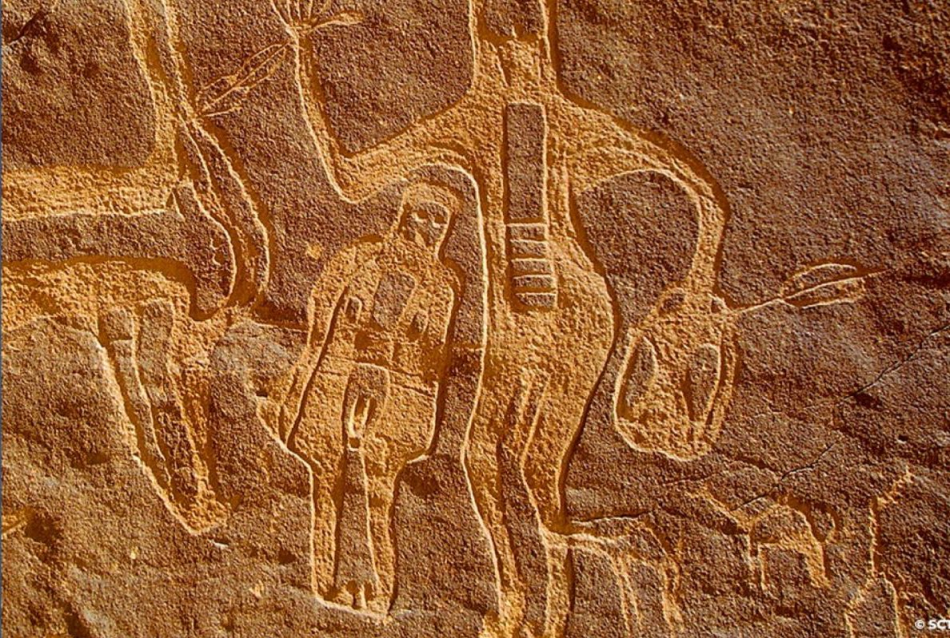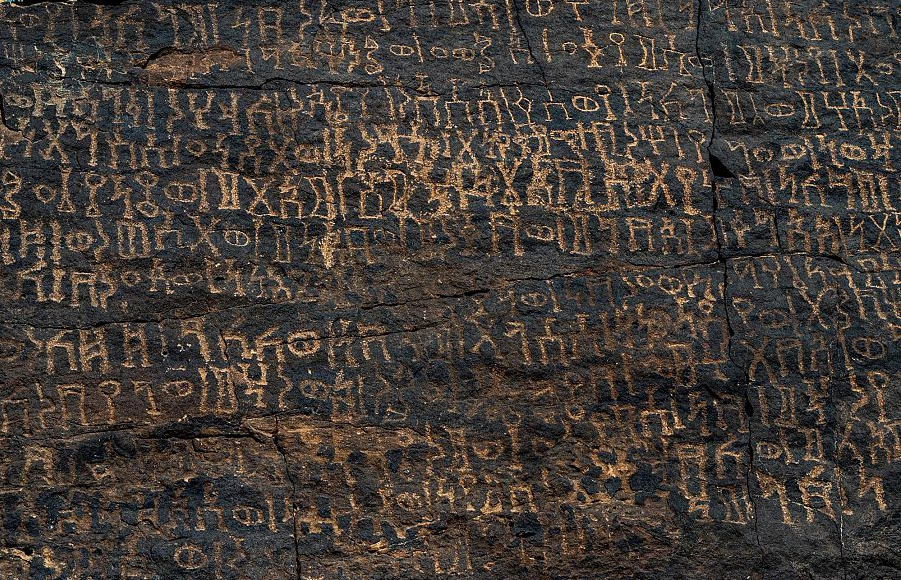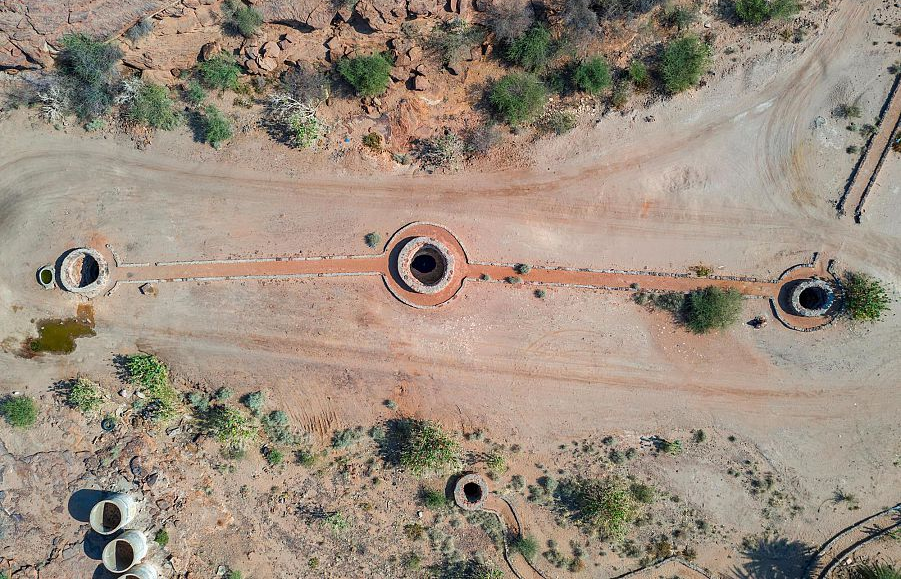The registration of the "Hema Cultural District" in Najran on the UNESCO list

Prince Badr bin Abdullah bin Farhan: The Kingdom is rich in important heritage sites on the map of human civilizations
Prince Badr bin Abdullah bin Farhan, Minister of Culture of Saudi Arabia, Chairman of the Board of Directors of the Heritage Authority and Chairman of the National Committee for Education, Science and Culture, announced the Kingdom's success in registering the "Hama Cultural District" in Najran in the World Heritage List of the United Nations Educational, Scientific and Cultural Organization (UNESCO) as a valuable cultural site. Exceptional universality of human heritage.
By registering the "Hema Cultural District" in Najran, today, Saturday, during the meetings of the forty-fourth session of the World Heritage Committee held in the city of Fuzhou in the People's Republic of China, the Kingdom will have succeeded in registering the sixth Saudi site in this high global list, in addition to the five previously registered sites: Al-Hijr site included in the World Heritage List in 1429 AH / 2008 AD, then Al-Turaif neighborhood in historical Diriyah in 1431 AH / 2010 AD, then Historic Jeddah in 1435 AH / 2014 AD, then rock art sites in the Hail region in 1436 AH / July 2015 AD, then Al-Ahsa Oasis in Shawwal 1439 AH / June 2018 AD.
His Highness the Minister of Culture confirmed that the registration of the cultural area of Hema in Najran is a natural fruit of the great support and interest of the national heritage from the Custodian of the Two Holy Mosques King Salman bin Abdulaziz Al Saud, and His Royal Highness Prince Muhammad bin Salman bin Abdulaziz, Crown Prince, Deputy Prime Minister and Minister Defense - may God protect them -, noting that the Saudi sites registered in the UNESCO World Heritage List, along with the eight elements registered in the List of Intangible Cultural Heritage, confirm the unlimited extent that the Kingdom can contribute to serving the common global human heritage, based on its depth The rich history, and under the umbrella of the Saudi Vision 2030, which emphasized the importance of pride in the national identity, of which the national heritage in all its material and immaterial forms is one of its main components.
His Highness said: The Kingdom is rich in important heritage sites on the map of human civilizations, and efforts are integrated to make them known to the world, and to register them in all national and international records, as they are a cultural wealth and cultural depth for the Kingdom.
The process of registering the “Hama Cultural Zone” in Najran came as a result of the great efforts made by the Kingdom’s delegation to UNESCO headed by Her Highness Princess Haifa bint Abdulaziz Al Muqrin, the Kingdom’s permanent representative to the United Nations Educational, Scientific and Cultural Organization “UNESCO” and a team from the Ministry of Culture, the Heritage Authority, and the National Committee Education, culture and science.
The cultural rock art area in Hima is located on an area of 557 square kilometers, and includes 550 rock art paintings containing hundreds of thousands of rock carvings and drawings.
It is one of the largest complexes of rock art in the world, and is located at an important point in the ancient caravan routes and trade routes that crossed the southern parts of the Arabian Peninsula, and is believed to have been one of the main markets in ancient Arabia, and the wells in Bir Hima represent the last point of supply The water is on the north road, and the first after crossing the deserts on the south road.
The Hima site includes tens of thousands of rock inscriptions written in several ancient texts, including inscriptions in the Thamudic, Nabatean, Southern Musnad, Syriac and Greek inscriptions, in addition to the early Arabic inscriptions (from the pre-Islamic period), which are the beginnings of modern Arabic calligraphy.
The Hima rock art and inscriptions represent an invaluable source for written, artistic, historical and even ethnographic documentation of climate change events during the prevalent period, as evidenced by the vast archaeological remains that were found at the Hima site in Najran in the form of tentacles, installations and tombs, and workshops for the manufacture of stone tools such as Stone axes, pestles and arrowheads. There are also ancient water wells on the site that are still in use today.






